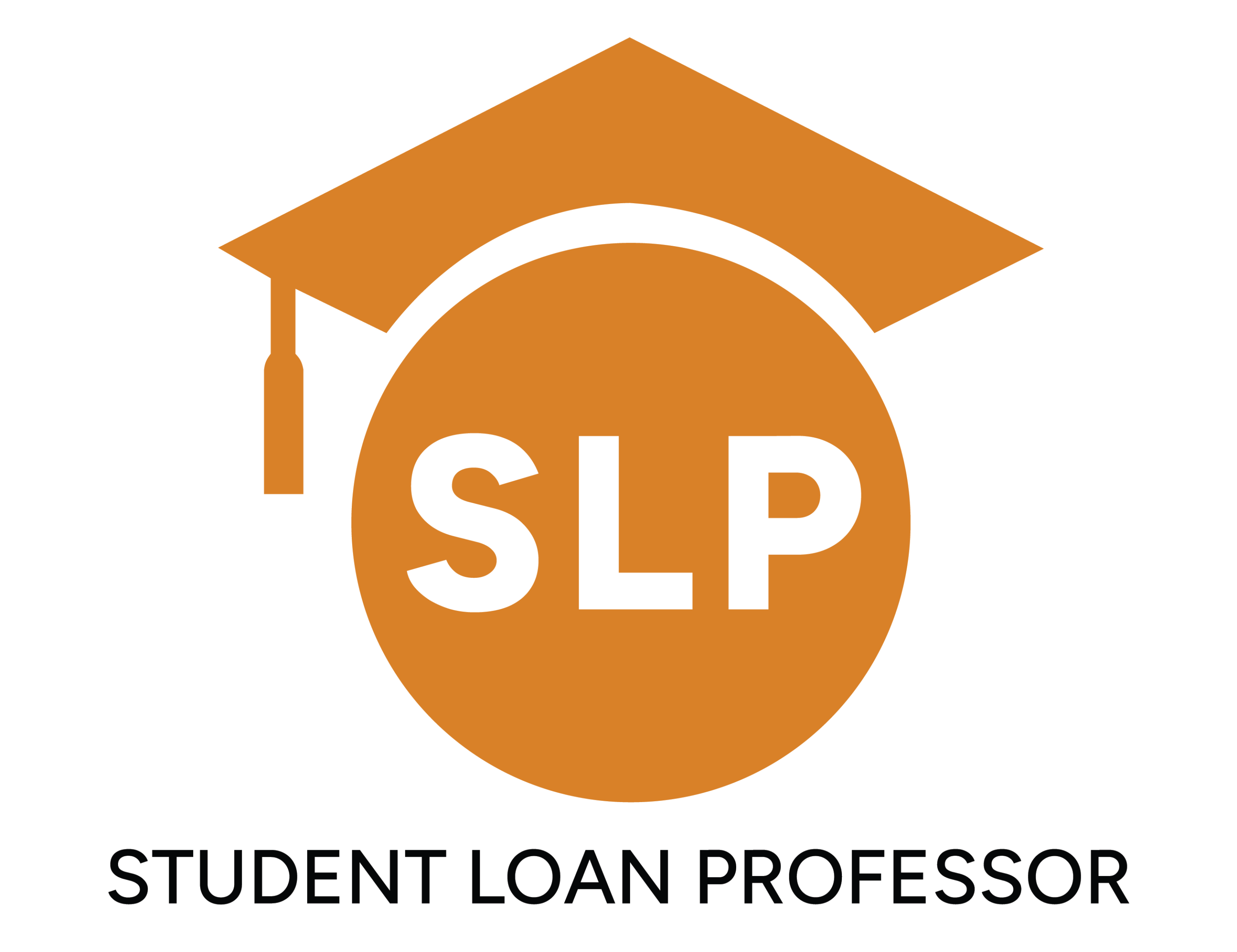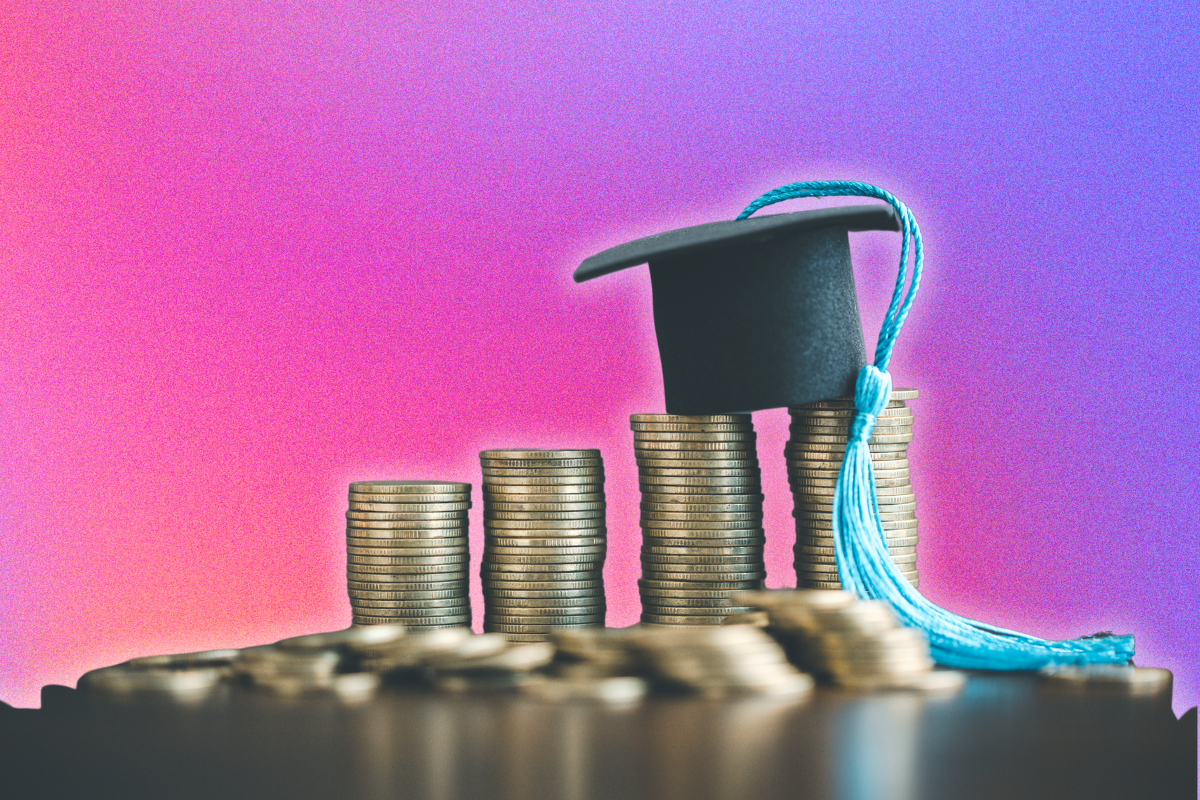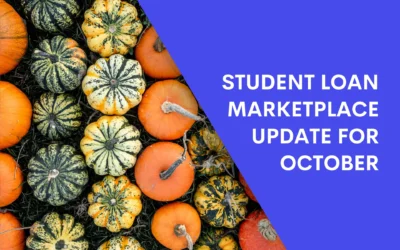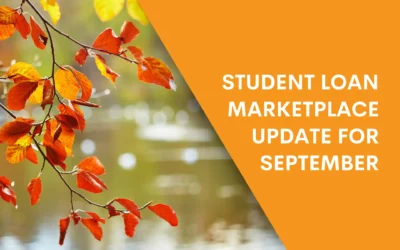Whether you opt for a Federal Student Loan or borrow through private lenders, the answer remains the same: you can get as much as your college’s total cost of attendance in student loans, or at least a part of it.
That said, many factors affect your borrowing ability and determine the exact amounts you can receive. We’ll explore them all, so you know what to expect in loan funds each college year.
Key Takeaways
- Federal loan limits vary by student category: dependent, independent, graduate, and professional.
- Direct subsidized loans offer interest-free periods; unsubsidized loans accrue interest immediately.
- Private loans allow higher borrowing limits but lack federal protections like forgiveness programs.
- Borrow only what you need to minimize future debt and accumulating interest payments.
Federal Student Loans and Student Categories
The US government provides varying amounts to undergraduate and graduate students. What you can get in Federal Student Loans will depend on your student category.
Undergraduate Students
If you’re an undergraduate student, you’re either classified as a dependent or independent student for undergraduate federal loan limits.
- Dependent Students: Typically, these are prospective college students who receive financial support from their parents. If that’s you, your annual loan limit will fall somewhere between $5,500 and $7,500, with your aggregate loan limit totaling $31,000.
- Independent Students: These are students who are financially independent from their parents, often those who are 24 years old or above, among other criteria. Married students and military vets may also fall into this student category. If you fit this description, you’re entitled to higher annual loan limits of between $9,500 and $20,500. Your aggregate limit is $57,500.
Also, federal loans fall under three categories:
- Direct Subsidized Loans: You can apply for direct subsidized loans if you’re an undergraduate student with financial need. The Department of Education will subsidize your loan by paying for the interest payments that accrue during your years at college and the grace and deferment periods.
- Direct Unsubsidized Loans: Unlike subsidized loans, direct unsubsidized loans don’t give you the benefit of a Department of Education subsidy. The interest rates will run while you attend college, and you must pay them with your principal. If you’re a graduate or professional student, unsubsidized loans may be your main pathway to federal student aid.
- Direct PLUS Loans: These loans are available to both graduate and professional students, as well as to the parents of dependent undergraduate students. Like direct unsubsidized loans, interest rates on the loan repayment begin to run as soon as the funds are disbursed. This loan type can be an excellent supplement for students whose college education expenses surpass the subsidized and unsubsidized loan limits.
If you qualify, you can choose a direct subsidized loan to avoid accruing unpaid interest while studying.
Graduate and Professional Students
Graduate and professional students are not eligible for Direct Subsidized Loans. They are only eligible for Direct Unsubsidized and PLUS loans. The annual loan limit for most graduate students is $20,500 in Direct Unsubsidized Loans, with an aggregate limit of $138,500.
Graduate Health Professions Students: Students pursuing degrees in certain health professions, such as doctorate-level programs, may be eligible for higher annual and aggregate loan limits. They can borrow up to $40,500 per year in Direct Unsubsidized Loans, with an aggregate limit of $224,000 for all federal loans combined.
Graduate Health Professions Students
Graduate and professional students enrolled in specific health professions programs, such as doctorate-level degrees, may be eligible for higher annual and aggregate loan limits.
These programs must be accredited by designated agencies. The increased loan limits are in addition to the standard $20,500 Direct Unsubsidized Loan annual limit for most graduate students.
- For academic years covering 9 months: Eligible students can receive up to an additional $20,000 in Direct Unsubsidized Loans, bringing the total loan limit to $40,500.
- For academic years covering 12 months: Eligible students can receive up to an additional $26,667 in Direct Unsubsidized Loans.
Health professions that qualify for these increased loan limits include:
- Doctor of Allopathic Medicine
- Doctor of Osteopathic Medicine
- Doctor of Dentistry
- Doctor of Veterinary Medicine
- Doctor of Optometry
- Doctor of Podiatric Medicine
- Doctor of Naturopathic Medicine/Naturopathy
Additionally, certain programs offer slightly lower increases:
- Doctor of Pharmacy
- Graduate in Public Health
- Doctor of Chiropractic
- Doctoral Degree in Clinical Psychology
- Masters or Doctoral Degree in Health Administration
These students are also eligible for higher combined aggregate loan limits for subsidized and unsubsidized loans. However, foreign schools participating in the Direct Loan Program may not offer the increased loan amounts to health professions students.
What If I Need to Borrow More Than the Federal Student Loan Limits?
Depending on your major, the federal student loan limits for subsidized and unsubsidized loans may not be sufficient to cover your college expenses. One way to bridge the gap is to take on Federal PLUS loans.
Dependent Undergraduate Students
Dependent undergraduate students with eligible parents can apply for Direct PLUS Loans as discussed previously. These loans also apply to independent undergraduate students.
You’ll need to fill out the FAFSA form and receive either the Institutional Student Information Record (ISIR) or the Student Aid Report (SAR).
Also, the Department of Education’s Federal Student Aid Handbook states that you must meet the following eligibility requirements:
- You are not in default on a Title IV loan, nor do you owe an overpayment on a Title IV grant;
- The Social Security Administration has verified your Social Security number; and
- The Social Security Administration or the Department of Homeland Security has confirmed your citizenship status.
Additionally, your parents need to meet eligibility criteria. The Handbook generally prohibits parents and students with adverse credit histories from obtaining direct PLUS loans. Here’s what it says, verbatim:
“An individual with an adverse credit history is prohibited from obtaining a Direct PLUS Loan unless they meet additional eligibility requirements. The Department conducts a credit check for each student or parent applying for a Direct PLUS Loan. An applicant is considered to have an adverse credit history if:
- They have one or more debts with a total combined outstanding balance greater than $2,085 that are 90 or more days delinquent as of the date of the credit report or that have been placed in collection or charged off during the two years preceding the date of the credit report; or
- During the five years preceding the date of the credit report, they have been determined to be in default on a debt, their debts have been discharged in bankruptcy, or they’ve been the subject of foreclosure, repossession, tax lien, wage garnishment, or write-off of a Title IV debt.”
However, if your parent can:
- get an endorser with a clean credit history; or
- show that extenuating circumstances have caused their adverse credit history
They might become eligible for the PLUS loan.
Lastly, if you don’t qualify, you may also be able to borrow additional funds that total up to loan limits meant for independent undergraduate students. Chapter 4 of the Handbook (under the heading “Criteria for dependent students to receive additional Direct Unsubsidized Loan funds”) states:
“Dependent students whose parents are unable to borrow Direct PLUS Loans due to adverse credit or other exceptional circumstances may receive additional Direct Unsubsidized Loan funds up to the same amount that is available to independent undergraduate students.”
Please note that the amounts you borrow in this way will be unsubsidized.
Graduate Students
You can apply for a Grad PLUS loan if you need to borrow more than the federal loan limits for graduate students. These loans include a higher interest rate but will give you up to the total cost of attendance (minus other financial aid you receive).
Private Student Loan Limits
Private student loans offer an alternative—though often more expensive—method to finance a college education. They offer higher loan amounts than federal student loans, and you can get them from banks, credit unions, and online lenders (e.g., SoFi). These loans can also provide additional financing when you’ve maxed out your federal loan limits.
Factors that determine how much you can get in private student loans include:
- The lender’s particular private loan limits
- Your major
- Your credit score
- Your ability to get a cosigner who will take on the responsibility of your student loan debt if you’re unable to pay it off
Some example loan limits by lender include:
- Citizens Bank – up to $225,000
- Credible – up to $170,000
- SoFi – no maximum limit
One downside of private loans is that they necessitate thorough credit checks and disqualify you from loan forgiveness programs and income-driven repayment plans. Their interest rates are also higher and are unsubsidized.
Is It Possible to Borrow More Than the Private Loan Limits?
No, private lenders, who generally have higher loan limits than federal programs, are unlikely to allow you to exceed their established limits. That said, check your chosen provider’s policy to see if they accommodate additional loan amount requests.
How Much Should I Borrow and What If I Borrow More Than I Need?
Even if you’re eligible to borrow up to the full cost of attendance, it’s wise to refrain from taking out more than necessary. You’ll be paying off the loan years after you graduate, and the longer it takes, the more the interest payments will accrue.
If you borrow the full amount in federal student loans but don’t use it all, return the money. This advice applies to whether you received a subsidized or unsubsidized loan but is specific to borrowers of unsubsidized loans.
If you fall into the latter category of borrower, understand that holding onto the money (but not spending it) won’t stop interest from accruing.
Borrow Wisely by Leveraging Expert Advice
Depending on your student category, you have multiple ways to finance a college degree, including subsidized and unsubsidized federal loans and private loans. The route you decide on can impact your financial future for better or worse, making it imperative to choose wisely.
Luckily, our experts are always ready to help and can provide advice on the best way to reduce your student loan debt burden. Book a consultation today to learn all you need to know to make an informed decision.
Brandon Barfield is the President and Co-Founder of Student Loan Professor, and is nationally known as student loan expert for graduate health professions. Since 2011, Brandon has given hundreds of loan repayment presentations for schools, hospitals, and medical conferences across the country. With his diverse background in financial aid, financial planning and student loan advisory, Brandon has a broad understanding of the intricacies surrounding student loans, loan repayment strategies, and how they should be considered when graduates make other financial decisions.





